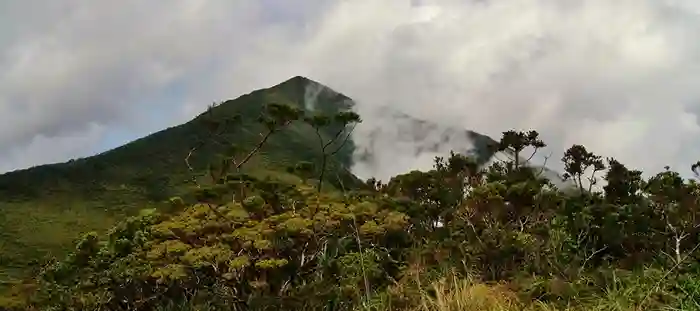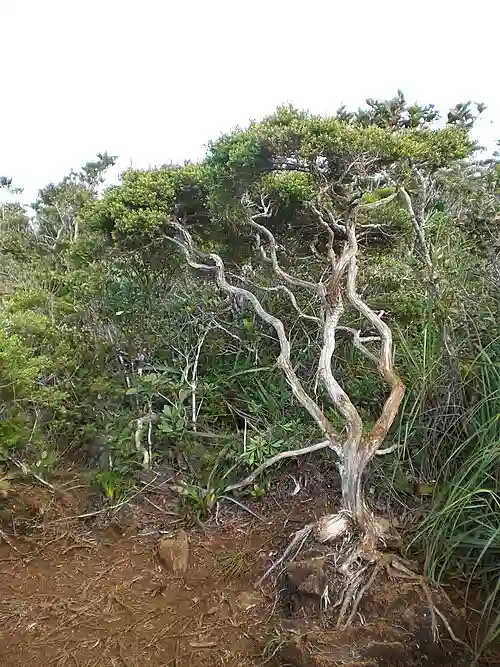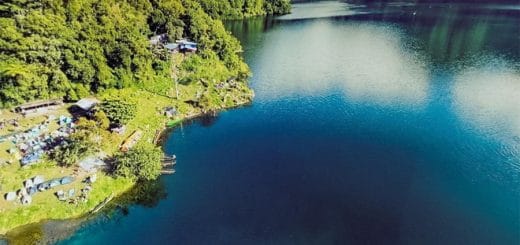Mount Hamiguitan – The Philippines Living Heritage

Nestled in the southeastern part of Mindanao, in the province of Davao Oriental, lies a natural wonder teeming with biodiversity, mystery, and history — Mount Hamiguitan Range Wildlife Sanctuary. Rising 1,620 meters above sea level, this UNESCO World Heritage Site is more than just a mountain; it’s a living museum of endemic and endangered flora and fauna found nowhere else on Earth.
A Sanctuary Like No Other
Mount Hamiguitan is the Philippines first and only mountain range declared as a UNESCO World Heritage Site, earning its place in 2014. It also holds the designation of an ASEAN Heritage Park and is protected under Philippine law. The sanctuary spans over 6,000 hectares and serves as a critical habitat for countless species — including the iconic Philippine eagle, Philippine tarsier, and over 1,380 plant species, with a significant number found only in the Philippines.
Perhaps the most captivating part of the mountain is the “Pygmy Forest” or “Bonsai Forest” — a mossy, windswept landscape of centuries-old trees that stand barely a meter tall due to the harsh growing conditions. This bonsai-like forest is often shrouded in mist, adding a surreal, almost mystical quality to the already awe-inspiring terrain.

A natural bonsai tree growing in the bonsai forest of Mount Hamiguitan (Philippines) – Creative Commons | Author: Kleomarlo – Source: https://commons.wikimedia.org/wiki/File:Hamiguitan_bonsai_tree.JPG
Mount Hamiguitan Biodiversity and Conservation
Mount Hamiguitan’s appeal doesn’t just lie in its scenic beauty — it’s a hotspot of biodiversity and a key ecological treasure. It’s one of the last remaining habitats of the critically endangered Philippine eagle, and its forest corridors provide life-sustaining ecosystems to amphibians, reptiles, birds, and insects.
Because of its unique ecological makeup, conservation efforts are in full swing. The local government, scientists, and environmental groups work closely to ensure that development and tourism do not disrupt its fragile ecosystems. Eco-tourism, when allowed, is tightly regulated to preserve its natural state.
A Trek for the Soul
Reaching Mount Hamiguitan’s peak is both a physical and spiritual journey. Trekkers typically begin their journey from San Isidro, with the trail taking two to three days round-trip. The route takes you through various forest types — from lowland dipterocarp to montane and mossy forests. Along the way, hikers encounter stunning natural features like twin waterfalls, pitcher plants, and misty ridgelines.
Climbing Mount Hamiguitan isn’t just about reaching the summit; it’s about immersing yourself in a sanctuary where nature still reigns supreme. It’s a reminder of what the world once looked like — untouched, mysterious, and deeply alive.
Visiting Mount Hamiguitan Responsibly
If you plan to visit Mount Hamiguitan, make sure to arrange permits in advance and travel with an accredited guide. As a protected area, access is limited to ensure sustainable tourism. The Mount Hamiguitan Natural Science Museum in San Isidro is a great place to start, offering interactive exhibits and background about the mountain’s rich biodiversity.
Mount Hamiguitan: A Living Heritage
Mount Hamiguitan is more than a travel destination — it’s a symbol of the Philippines commitment to preserving its natural heritage. In a world rapidly losing its wild spaces, this sanctuary stands as a beacon of hope, reminding us of the wonders worth protecting.
Whether you’re a hiker, a biologist, or simply a lover of nature, Mount Hamiguitan promises a profound and unforgettable experience.
References:
Yasmin R.O. Caparas
Wikipedia










